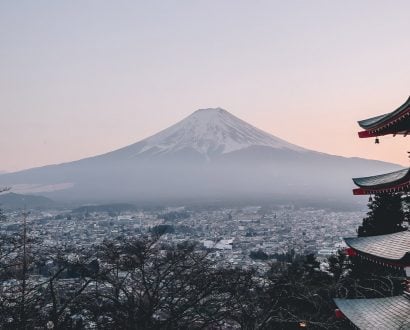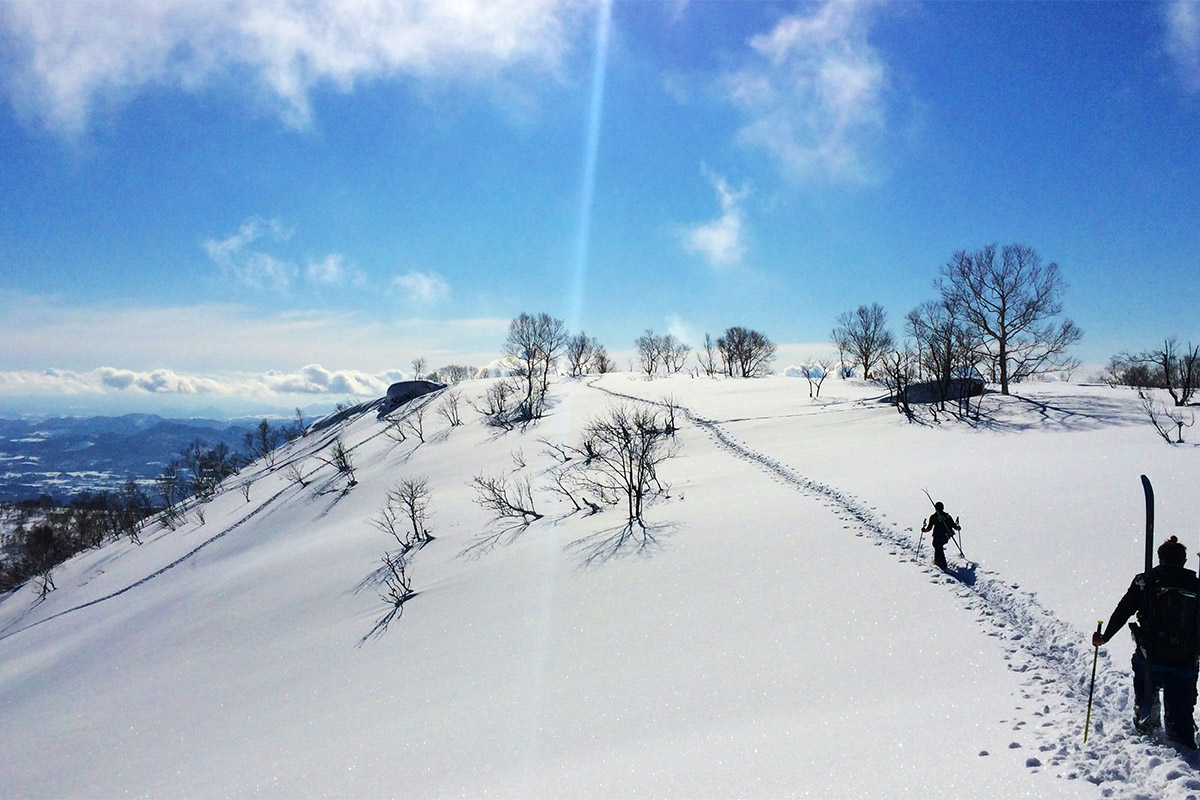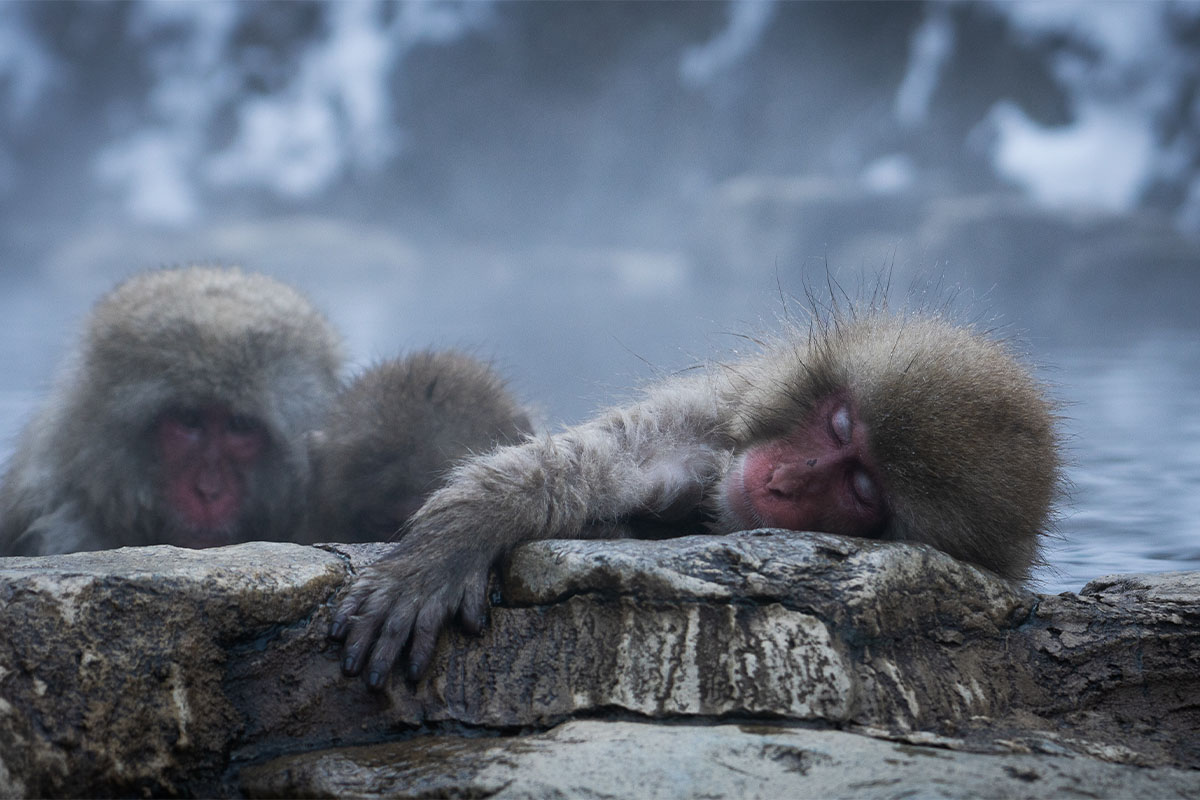A look at 10 of Japan’s finest ski destinations

Japan is easily one of the leading ski destinations in the world with abundant snowfalls and a wide range of ski resorts to choose from. With its delicious cuisine, ancient bathing culture and powder snow, a world outside of skiing also awaits. While January and February are the peak of the ski season, this is largely dependent on location. Whether you’re an advanced skier seeking adventure with fewer crowds or you intend to enjoy the culture as much as the terrain, this guide to Japanese ski resorts caters to everyone.
Niseko, Hokkaido

Japan’s top ski destination is renowned for the quality of its powder snow, boasting an average of 15-plus meters of snow each season. Popular among both locals and tourists, the Niseko area is welcoming to foreign snowboarders and skiers of all levels who have the option to explore the myriad of tree trails and spectacular views of Mount Yotei. Niseko additionally offers plenty of after-ski activities, including a vibrant nightlife scene. A handful of bars, boutiques and restaurants can be found at Niseko Village, the second-largest resort on Mount Niseko-Annupuri.
Getting there:
Niseko is approximately two-and-a-half hours from New Chitose International Airport and the nearby city of Sapporo by car. Consider taking a shuttle bus or train from either of these locations.
Shiga Kogan, Nagano

Japan’s largest and highest ski resort covers 18 ski areas and has just the right conditions that guarantees a lengthy ski season, thanks to its well-protected location from strong gusts of wind. This means that there’s a strong likelihood that you could comfortably ski during the spring season. The resort is considered to be less popular among international visitors, which is good news for those seeking more of an authentic Japanese ambience. With such a vast area to cover, it’s best to put aside a few days for exploring the terrain.
An attraction that’s a must is a visit to the Jigokudani Monkey Park where you’ll encounter snow monkeys performing myriad of acrobatic moves to capture on camera.
Getting there:
From Haneda or Narita International Airports in Tokyo, you can take a shinkansen in approximately four hours to Nagano Station and thereafter a bus to Shiga Kogen.
Rusutsu, Hokkaido
Rusutsu is Hokkaido’s largest resort for all seasons with a mixture of immaculately-groomed and untouched trails (a total of more than 37) that cater to all skill levels of skier – from the beginner to the more advanced skiers. The area comprises three mountains and is known for its decent snowfall (14 meters deep), powder snow and tree paths packed with snow – a powderhound’s dream.
Getting there:
Rusutsu is 90 minutes from New Chitose Airport and Sapporo by car. There are also shuttle buses available. Since the resort is only a 30-40 drive from Niseko, you could easily explore the slopes and woodland scenery as part of a day trip.
Nozawa Onsen, Nagano
For those seeking to immerse themselves in a rich Japanese cultural experience in between ski sessions with some of the finest Japanese powder snow, then Nozawa Onsen is the perfect destination. Nozawa Onsen Village, which is known for its hot springs and traditional inns (also known as ryokan), is also teeming with temples, shrines and one of Japan’s most captivating festivals – the Dosoujiin Fire Festival that’s held each year in mid-January. Be sure to check out at least one of the 13 public hot springs (onsen) and the foot baths lining many of the streets, both of which are free of charge. It is this ambience which distinguishes Nozawa Onsen from other Japanese ski resorts.
Getting there:
Nozawa Onsen is located north of Nagano Prefecture and is accessible from Haneda and Narita National Airports in Tokyo. The most popular travel option is to catch a train to Iiyama Station and thereafter a shuttle bus to Nozawa Onsen, which will take you less than half an hour.
Myoko Kogen, Nagano
While Myoko Kogen might not be known for its nightlife, the area is one of Japan’s oldest and largest ski destinations where you’ll also find the nation’s longest ski run. The mountain peaks are blessed with an abundant snowfall that turns this area into a winter wonderland. This area comprises nine ski resorts that will satisfy your thirst for adventure while your evenings can be spent at Akakura Village. Here, you’ll be able to unwind in an onsen and meet up with friends in one of the local bars or restaurants.
Getting there:
Like Nozawa Onsen, Myoko Kogen is also located in the Nagano Prefecture. For tourists, the most efficient and fastest way to travel to Myoko is to fly to Haneda or Narita International Airports. Once you’ve arrived in central Tokyo, you can then take a shinkansen or ‘bullet train’ to Nagano Station. From there, a shuttle bus or local train will deliver you to Myoko Kogen within three to four hours.
Furano, Hokkaido
With its cold, dry winter air and stable weather conditions, Furano produces exceptional power snow. Despite this, Furano is considered to be a quieter ski destination with more of a Japanese vibe compared to Niseko. The average snowfall is around nine meters in depth with terrain that is suitable for both beginners and seasoned skiers or snowboarders.
Getting there:
The most popular travel route to Furano is from New Chitose Airport or from Sapporo City via shuttle bus. The other option is to fly to Asahikawa Airport and then take a bus directly to Furano. This will take approximately one hour.
Appi Kogen, Tohoku
This family-friendly ski resort is located in the north-east of Honshu – Japan’s main island. It is well-known for its diverse terrain, ‘aspirin powder’ snow and excellent facilities. For families, there are plenty of activities for kids on offer and, if you fancy immersing the whole family in the local culture, the nearby town of Hachimantai is ideal for shopping and dining. The area is famous for its wide, long ski courses – groomed and ungroomed – and additional attractions, including a terrain park for snowboarders and a family park. The area is best-suited to intermediate skiers. At the base of the ski slopes, you’ll find a handful of large high-rise hotels, which is highly convenient. Appi Kogen is a purpose-built resort, which means that it is not connected to a village like some other ski destinations in Japan.
Getting there:
Appi Kogen can be reached via a two-and-a-half hour shinkansen ride from Tokyo. From Morioka Station, you can then take a bus or train to Appi Kogen. Hotel guests should consider taking advantage of the free shuttle services available that connect the ski resort with Sendai – Tohoku’s largest city.
Madarao, Nagano
Madarao is nestled between Myoko Kogen and Nozawa Onsen with plenty of snowfall each season (10-13 meters) due to its favorable location. The area offers more than 45 trails with no lift lines in sight. The terrain is ideal for advanced skiers and powderhounds who enjoy tree skiing and steep runs. And, the good news is that this location is still a fairly unexplored destination compared with some of Japan’s bigger ski resorts.
Getting there:
Madarao is about a 30-minute drive or bus ride from liyama Station. Iiyama is a stop on the Hokuriku Shikansen line that connects Tokyo to Kanazawa.
Karuizawa Prince Hotel, Nagano
This ski resort attracts skiers of all levels with its diverse ski courses that range from gentle to steeper slopes. The area itself boasts wide, open skies and stunning views overlooking Mount Asama. Be sure to soak in the breathtaking views along the Panorama Trail – the resort’s longest course and a great spot for an Instagram selfie. During your downtime, check out Karuizawa Prince Shopping Plaza or try the local cuisine.
Getting there:
Karuizawa is one of the most accessible ski destinations in Japan. From Tokyo, you can simply take the Hokuriku Shinkansen from Tokyo Station to Karuizawa Station. The resort is about a 10-minute walk from the station or you can take a free shuttle bus.
Zao Onsen, Yamagata
Zao Onsen is the name of both a traditional onsen village and a ski resort. While it is one of Japan’s oldest ski resorts, it is teeming with gondolas, ropeways, lifts and ski courses. The area’s cold winds and heavy snowfalls produce ice trees, which is a rare phenomenon in Japan that peaks in mid-February. These unusual formations are lit up at night for visitors to observe from afar.
Getting there:
Zao Onsen is situated in northern Honshu. You can take a shinkansen from Tokyo to Yamagata Station. From there, you can then take a bus to Zao Onsen, which is a 40-minute commute.